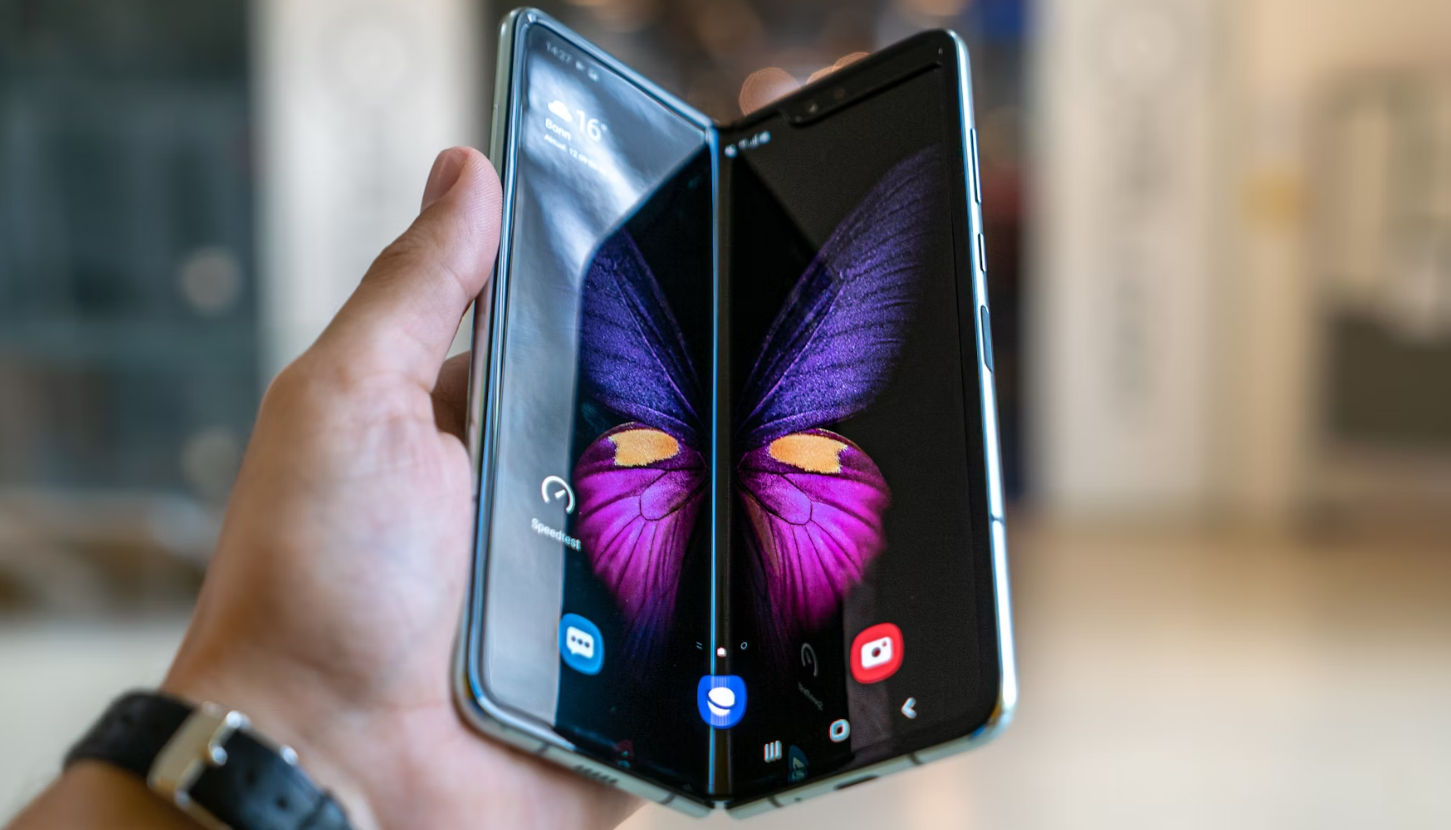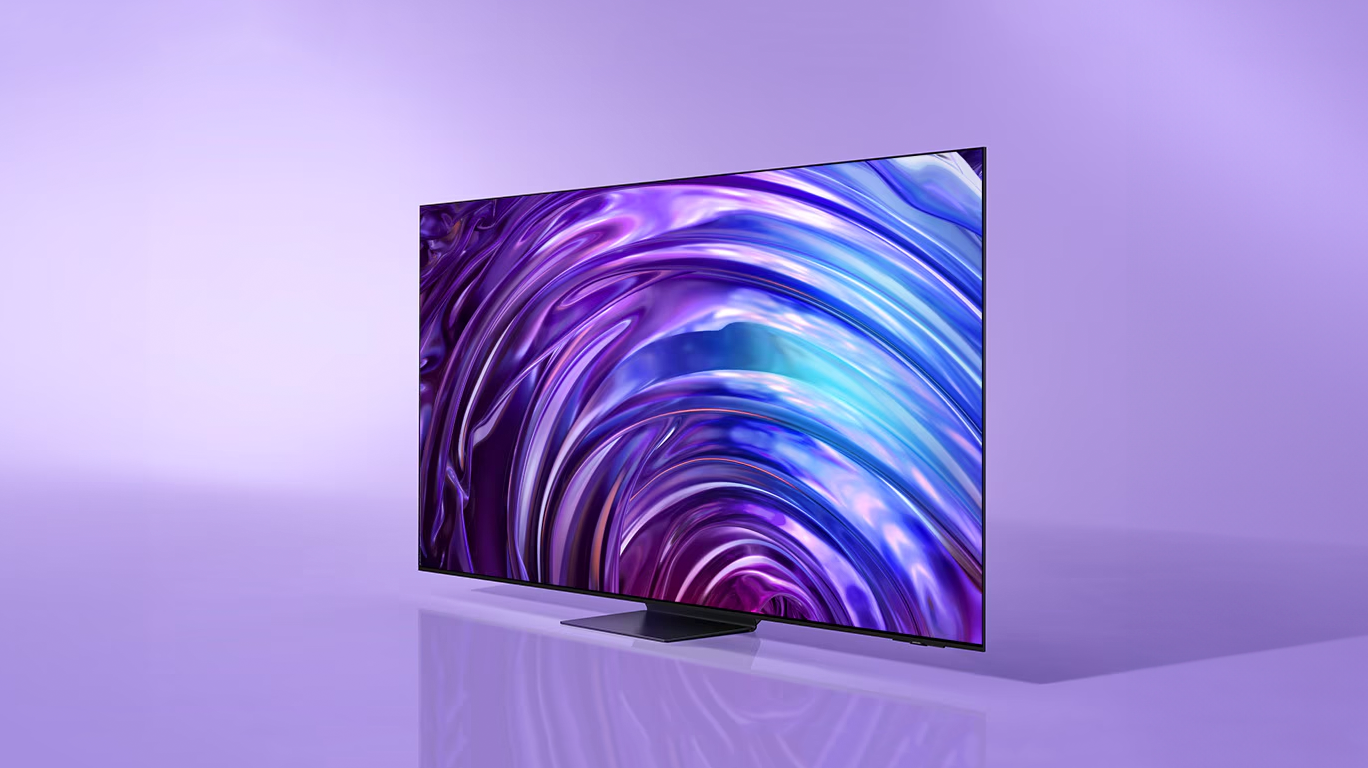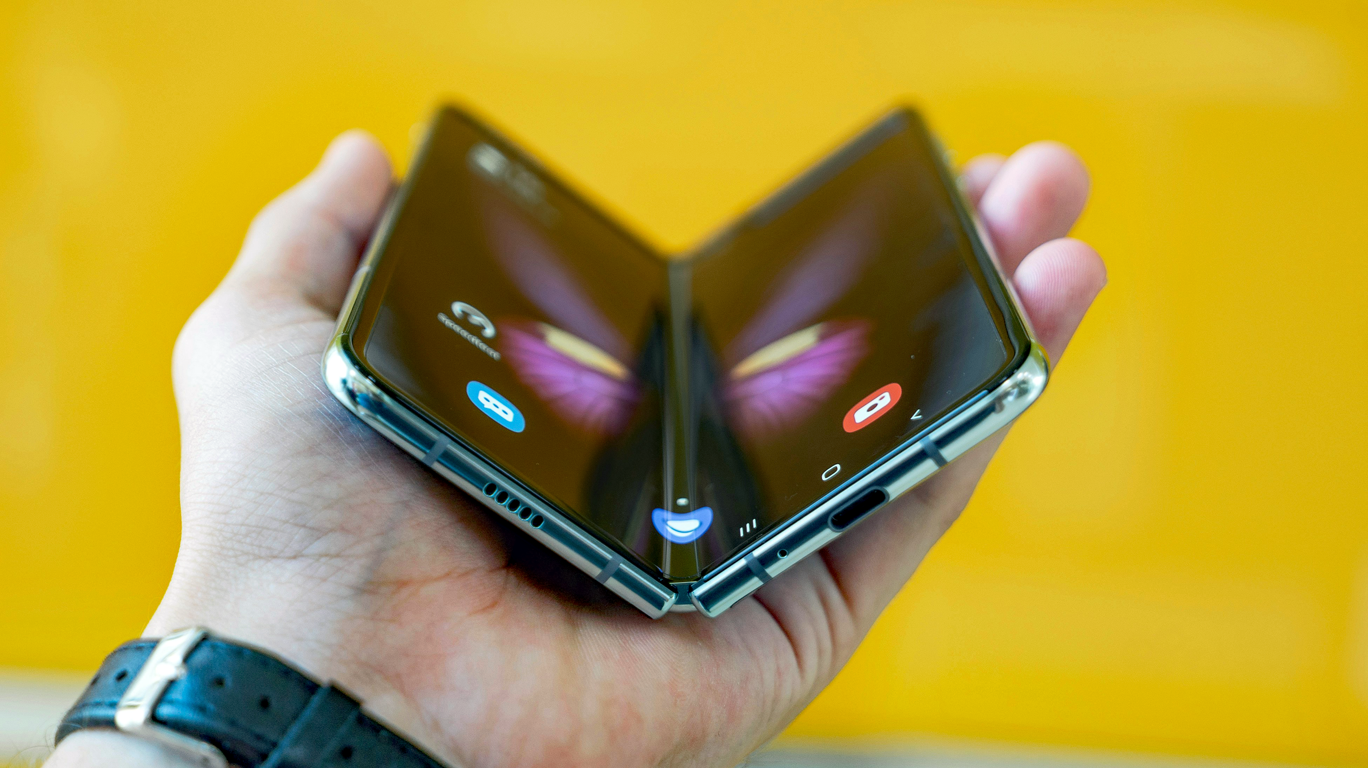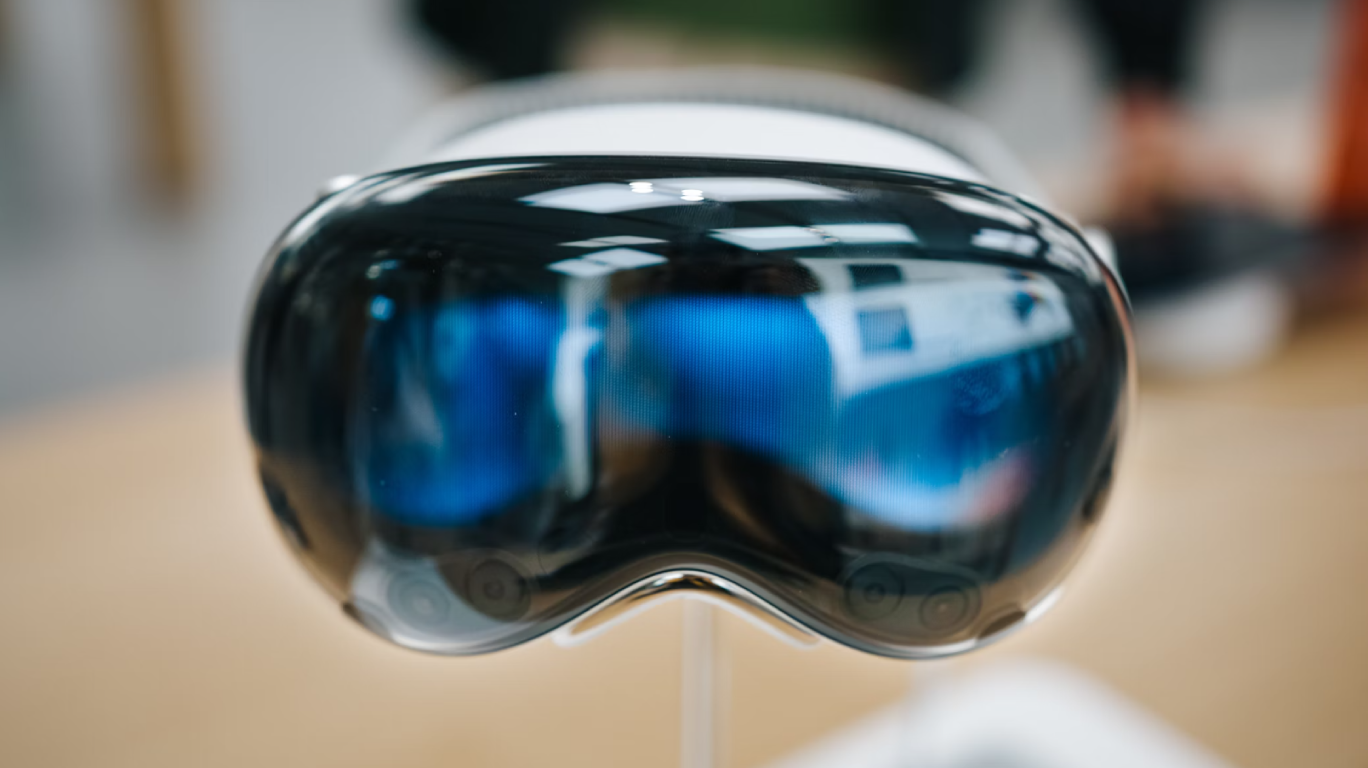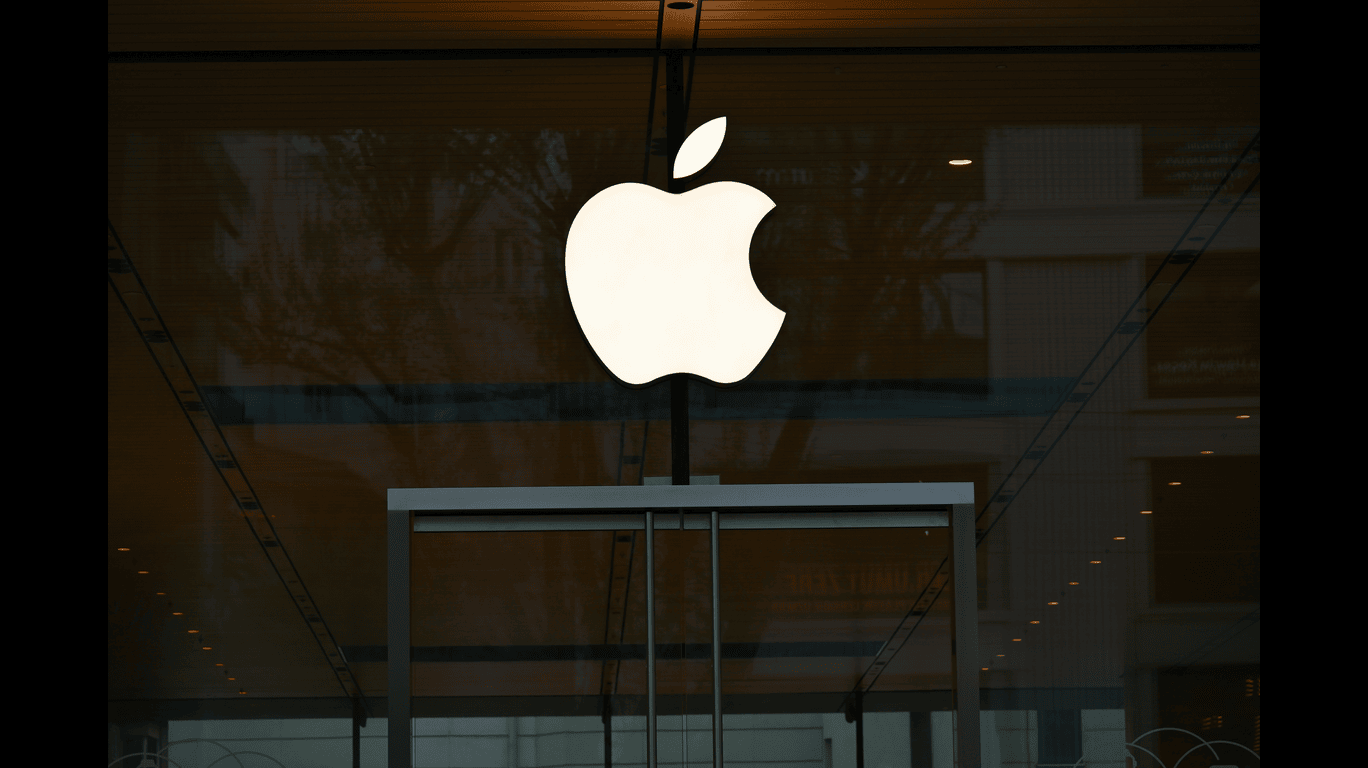Folding Phones: The Ins and Outs of Flexible Smartphone Tech
Back in the day, mobile phones came in all sorts of shapes and sizes, featuring folding, flipping, and sliding designs, as well as built-in keyboards and other features that were advanced for the time. Then, with the rise of the touchscreen smartphone, that stopped: over time, phones may have become thinner and their screens bigger and brighter, but they have all been roughly the same shape.
Until now.
First introduced in the late 2010s, folding smartphones look and work a lot like regular smartphones. However, with the addition of flexible screens and specialised hinges, they can fold in half to become more pocket-friendly or even expand to the size of a tablet. With many manufacturers adding folding ranges to their yearly launches, it’s safe to say folding phones are no longer a fad.
If you’re considering switching to a folding phone, or are just curious about what makes them different from regular smartphones, we’ve gathered some of the features, advantages and disadvantages you may encounter below.
Flip phones
These clamshell phones fold in half at the middle like a classic flip phone, allowing them to transform from the size of a standard smartphone to a compact, pocket-friendly size.
 Left to right: Xiaomi MIX Flip, Samsung Galaxy Z Flip7, Motorola Razr 50.
Left to right: Xiaomi MIX Flip, Samsung Galaxy Z Flip7, Motorola Razr 50.
Flip phones are useful for:
Travelling light
Flip phones can fit more easily into bags and small pockets, making them ideal for all kinds of trips and holidays.
Hands-free filming and photos
Using the built-in cameras and outer display, some flip phones allow you to film and take photos while being set down on a table or another surface. No tripod required!
Exterior screen fun
Flip phones feature small exterior screens that give you quick access to app controls, notifications and other features.
Image courtesy of Samsung.
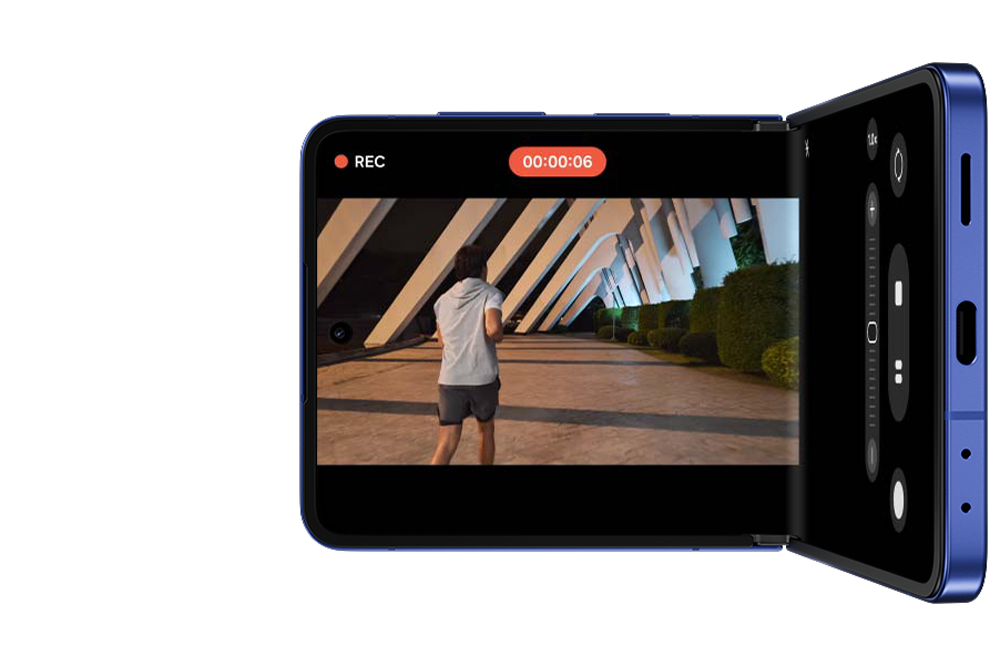
Fold phones
These phones open like books to reveal a large interior screen, allowing them to be used similarly to a small tablet. Their exterior screens are just like those on regular smartphones, allowing them to be used normally when closed.
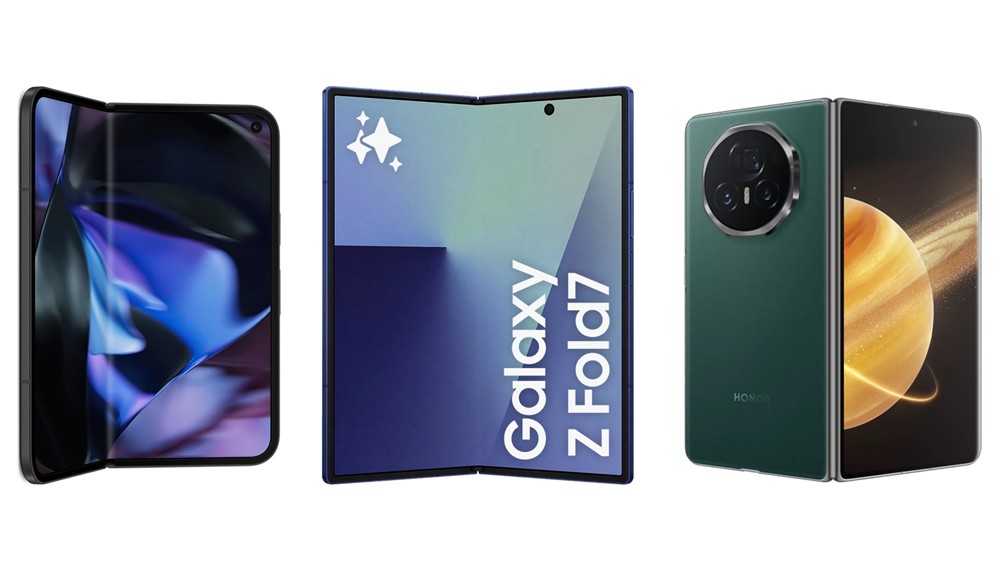 Left to right: Google Pixel 9 Pro Fold, Samsung Galaxy Z Fold7, HONOR Magic V3.
Left to right: Google Pixel 9 Pro Fold, Samsung Galaxy Z Fold7, HONOR Magic V3.
Fold phones are useful for:
On-the-go creating
Bring an expansive canvas everywhere you go, perfect for drawing, editing and other creative tasks.
Working wherever you are
Turn your folding phone into a mini laptop computer with a stand and Bluetooth keyboard.
Big screen viewing
Stream videos, movies and shows on the larger display, catching every detail.
Image courtesy of Google.
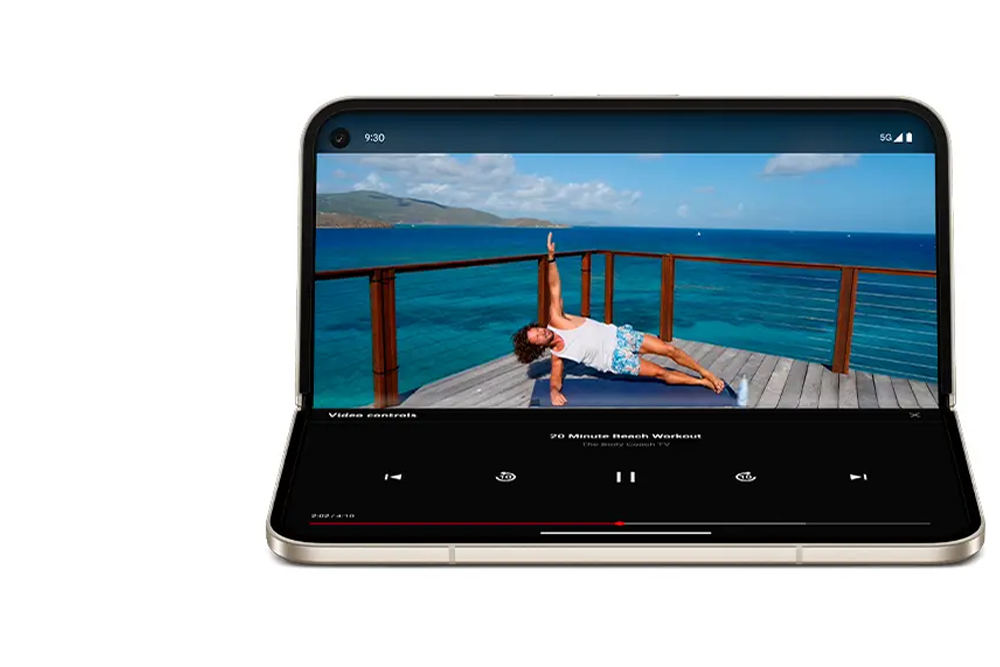
How do they work?
Flexible screens
Folding phones don’t use the same glass as regular smartphones for their screens. Instead, they use specially-engineered plastic or ultra-thin composite glass. One of the most common screen technologies used on folding phones is POLED, which works similarly to OLED (organic light-emitting diode) technology, where each pixel that makes up the screen is also capable of adjusting its own brightness. Unlike the glass OLED screens you find on televisions and other devices, POLED combines OLED technology with a flexible plastic screen that can be folded repeatedly without becoming damaged. POLED screens are also used in situations where glass screens would be unsuitable, such as smartwatches with small, round screens and curved monitors.
Hinges
Sitting on either side of the flexible screen is a set of hinges, which allow the phone to fold. These hinges work in the same way as a book's spine, joining both halves of the phone's body together and preventing the screen from being twisted or folded incorrectly. Often, the hinges of a folding phone are designed to allow the phone to work at different angles between fully open and closed, introducing new ways to interact with content. The hinges are the most important part of a folding phone's design, and are manufactured and tested rigorously to withstand everyday use.
Slim and split components
Not all of a smartphone's components can be made to bend. Instead, the internal components of a folding phone are designed to fit on either side of the folding mechanism. To ensure the phone has enough battery life for regular use, it may use a slimmer battery or a battery that is split between both sides. This keeps the phone light and slim, allowing folding phones to remain a similar size and depth to non-folding phones.
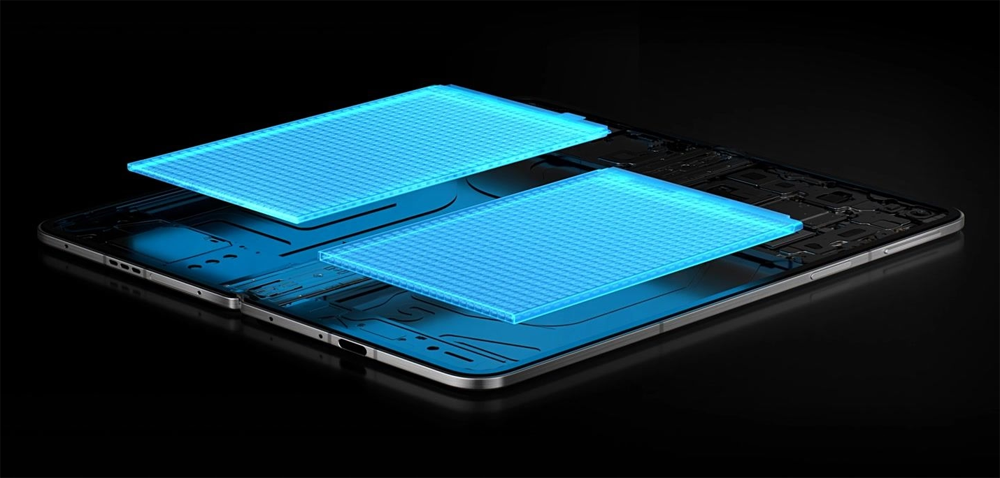 Image courtesy of Oppo.
Image courtesy of Oppo.
What are the advantages?
New ways to work and play
Folding phones are more than just a hinge and a flexible screen. Manufacturers have introduced exclusive features for folding phones that take full advantage of their unique form. For example. Samsung Flex Mode for the Z series allows you to prop open the screen at an angle, which activates new camera, multitasking and control options.
Bigger screens in portable packages
Having a full-size screen with you no longer requires deep pockets or a carrying case. With a folding phone, you can bring a full-sized phone or tablet-sized device with you, wherever you go.
Wow factor
Whether you go for a flip or a fold model, the cutting-edge design and innovative features make these phones great conversation pieces. Why not introduce your folding phone to your friends with a hands-free selfie?
High-end user interface (UI)
You don't have to sacrifice performance and features for a folding phone. They use the same operating systems as flagship devices, giving you the same quick loading times, high-quality cameras and AI-powered features.
What are the disadvantages?
Although folding phones are an exciting new development in smartphone technology, new users may encounter problems and issues that they would not while using a regular smartphone.
- May not fold completely flat: depending on the model and any accessories used with it, such as cases and screen protectors, a folding phone may not lie completely flat when it is unfolded. If a folding phone that used to lie completely flat can no longer do so, it may be a sign that the hinge has become damaged or clogged up with dust, and the phone may need to be repaired.
- Wear and tear to the screen and hinge: the more moving parts a device has, the higher the risk of wear and tear is. On folding phones, the parts that move the most are also the most critical to the device: the screen and the hinge. Although folding phones feature specially engineered hinges and screens designed to withstand repeated use, a phone that has been used for a longer time or is folded and unfolded frequently may still show signs of damage.
- Greater risk of water/dust damage: in order to transform from its folded to unfolded form, a folding phone's moving parts leave gaps in its surface. These openings can expose the insides of the phone to damage from dust and liquid.
- More expensive than regular smartphones: compared to non-folding phones from the same generation and manufacturer, folding phones can be more expensive for the same level of hardware, storage and memory.
- Smaller battery life: despite the unique battery technology used by folding phones, many users have reported that the batteries run out more quickly than comparable non-folding smartphones.
Final thoughts
Folding phones present a whole new world of exciting possibilities for everyone. Combining all the premium features you've come to expect from smartphones with greater portability, innovative design features and new ways to work and create, a folding phone brings a fun twist to the smartphone world and can elevate how you stay connected..
Does this mean that traditional smartphones will soon be obsolete?
At the moment, this is unlikely. Although every generation of folding phone improves over the previous ones, there are still durability, price and battery concerns that will need to be solved before they can overtake the familiar smartphone. Whether you choose to make the switch or have been convinced to avoid the risks, folding phones open up plenty of new possibilities for all types of users.
